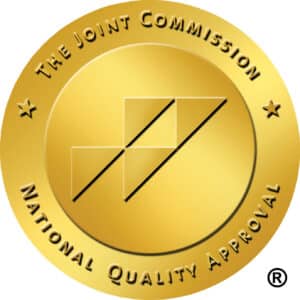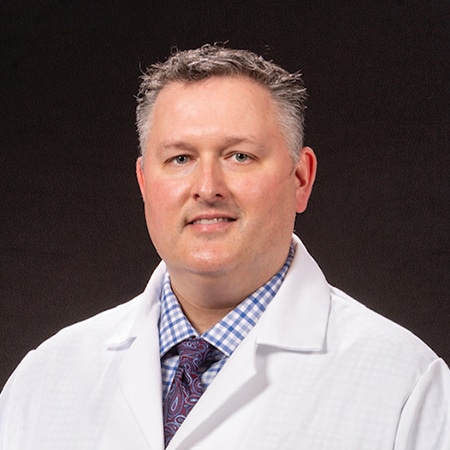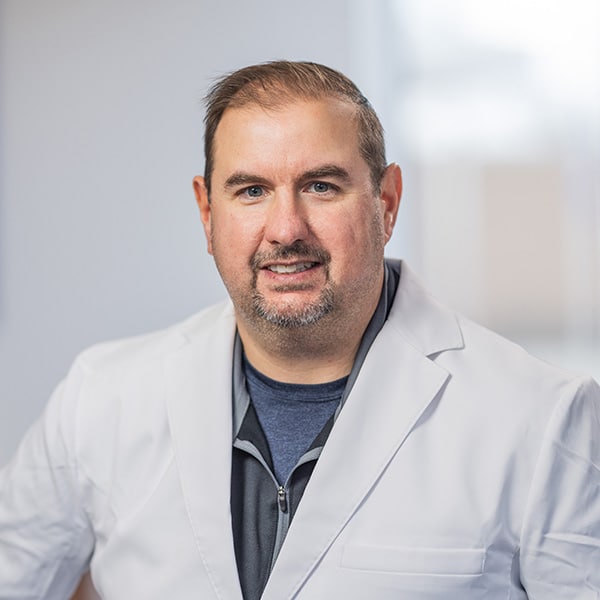Hip Care

Your Path to Relief
Discover the numerous benefits of hip replacement surgery, including pain relief, enhanced mobility, and the ability to resume everyday activities like walking and climbing stairs without discomfort. Our orthopedic specialists are here to assist you when non-surgical interventions such as Tylenol, ibuprofen, exercise, and activity modification have proven ineffective in alleviating hip pain. Receive personalized care tailored to your specific hip concerns.
Learn more about the conditions treated and surgical and non-surgical treatments available in our video education library.
 Call 218-545-4475 to schedule an appointment.
Call 218-545-4475 to schedule an appointment.
Restoring Function and Quality of Life
Our orthopaedic team offers comprehensive treatment for various hip conditions, catering to patients of all ages. Our goal is to help you return to your favorite activities, whether it’s golfing, running marathons, hiking, mountain biking, or enjoying leisurely walks with your furry friend.

Hip Arthritis
This is a type of arthritis that can affect people of all ages. It’s not the same as the most common form of arthritis, called “osteoarthritis.” That type commonly comes from wear and tear. Inflammatory arthritis can develop without any wear and tear at all.
Hip Bursitis
Hip Bursitis is an irritation or swelling of the trochanteric bursa, a small, fluid-filled sac on the outer side of the femur. It acts as a cushion for the iliotibial band, a thick tendon in the leg.
Hip Fracture
Fractures, or broken bones, vary in severity depending on the force that caused them.
Common symptoms of fractures include intense pain, swelling, tenderness, bruising, or visible deformity. In severe cases, a bone may puncture through the skin.
Treatment for fractures depends on factors like the severity of the break, whether it’s an “open” or “closed” fracture, and the specific bone affected. Options include cast immobilization, braces, traction, external fixation, or surgery.
Healing time typically ranges from six to eight weeks, with X-rays monitoring bone healing progress. Pain often subsides before the bone fully heals. Physical therapy may be recommended to restore muscle strength, joint motion, and flexibility during recovery.
Hip Impingement
Hip Impingement is a problem with the hip joint. In a healthy hip, the femur ball is smooth and round. It fits perfectly into the hip socket. But with this condition, the ball, the socket, or both the ball and the socket are shaped poorly. They don’t fit together well, and when you move your hip, they rub together harmfully.
Hip Pain
When arthritis, fractures, or other hip conditions hinder daily activities like walking or sitting, our skilled orthopedic specialists prioritize non-invasive treatments such as injections, medication, and physical therapy as initial care options for hip pain. Surgical intervention is only considered when necessary, with a focus on minimally invasive and arthroscopic techniques to enhance accuracy, minimize recovery time, and reduce scarring. Total hip replacement is a proven procedure aimed at restoring mobility and enabling individuals to resume their usual routines with ease.
Hip Labral Tears
If your hip joint hurts or catches or clicks when you move your leg, you may have a torn labrum. That’s a rim of tissue that surrounds the hip’s socket. It helps to deepen the socket and cushion the joint. A torn labrum can keep the hip joint from working smoothly.
Avascular Necrosis
Avascular necrosis refers to the weakening and collapse of the bone in the femoral head, which is the ball-shaped structure that fits into the hip socket. As this bone deteriorates and fractures, it can lead to the onset of painful arthritis in the hip joint.
Hip Repair Redefined
Discover our range of surgical and non-surgical treatment options, and explore our frequently asked questions section for more information.







